Inspirations and Citations
The concept behind my main project—the optical illusion cutting board—is rooted in an aesthetic I’ve been fascinated by for years(unknowingly until recent): Reality Distortion. This aesthetic dwells in the uncanny space where the real and surreal blur, provoking questions about the stability of perception. Visually inspired by films like Inception (2010), where cities fold in on themselves and staircases loop impossibly, I was drawn to the idea of capturing that disorienting beauty in a physical, everyday object. As Wired’s breakdown of Inception’s visuals suggests, these illusions are meticulously crafted to manipulate the viewer’s sense of logic and spatial understanding (WIRED).
Digitally, I experimented with liquid gradients in Photoshop, mimicking light refractions, oil slicks, and nebulous textures. These visual forms carry a hypnotic, constantly shifting quality—ideal for echoing a world that refuses to remain static. For texture and design inspiration, I referenced stock photos from Adobe Stock’s “Liquid Gradient” collections and similar patterns found on Adobe Stock and Mighty Optical Illusions.
A more tactile spark came from my own environment—specifically, a wooden toilet seat with a lion graphic owned by my parents. After mine broke, I had the idea to make a new one, but as my research unfolded, I came across illusion cutting boards with intricate patterns that warped space. Suddenly, the idea of transforming an everyday object like a cutting board into an artistic statement felt more aligned with my goal of capturing “slippage in reality.” One of the strongest visual inspirations came from bulge and pinch illusions, as featured in illusion art galleries like Mighty Optical Illusions, which give flat surfaces a warped 3D quality.
To execute this idea technically, I purchased a $9 CAD file and PDF instructions from MTMwood on YouTube. This model was crucial—it offered a geometric layout specifically designed to trick the eye. I adapted this model by using three types of hardwood instead of two, enhancing the contrast and adding originality.
Artistic Vision and Functional Specifications
My vision was to create an object that is both functional and mesmerizing, a fusion of art and utility. This cutting board is not just for chopping vegetables—it’s meant to interrupt your expectations. When someone sees it across the room, I want them to pause, unsure if the surface is flat or warping. That moment of hesitation is exactly the kind of cognitive “glitch” I associate with Reality Distortion.
Functionally, the board had to meet the following specifications:
- Visually match the illusion plans from MTMwood, while enhancing them with my three-wood variation.
- Be even and level throughout to maintain usability as a cutting surface.
- Have a food-safe, vivid finish that enhances the contrast of woodgrain.
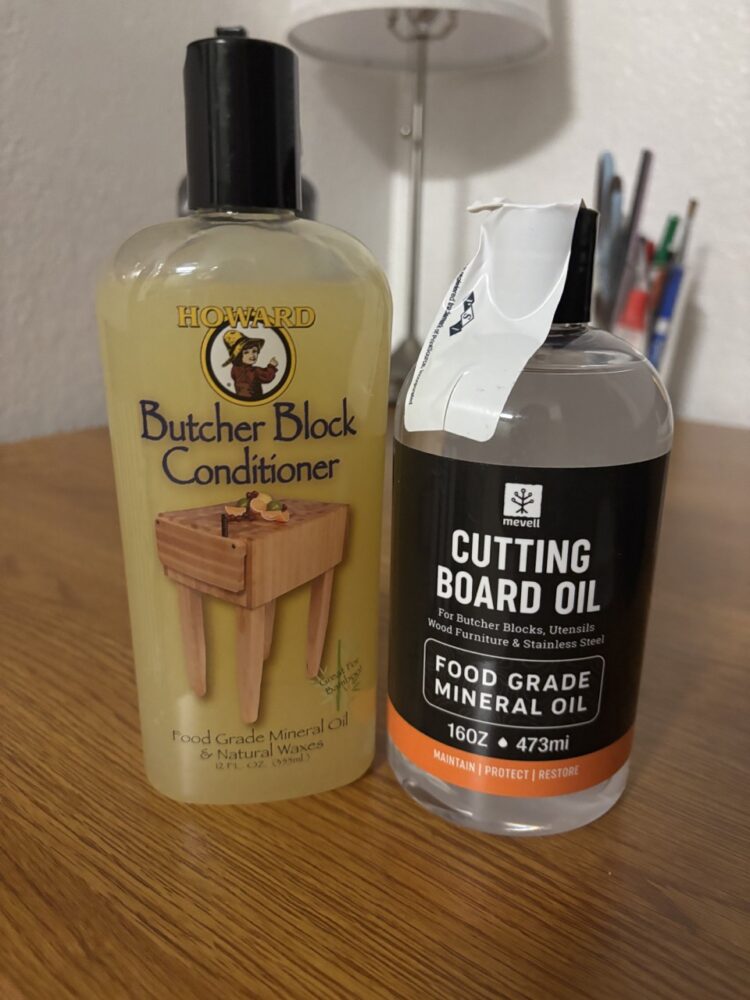
- Be durable and ergonomic
- Serve as a learning platform, pushing me to master tools like the planer and router.
Aesthetically, I leaned into hard geom
etric contrast—light, medium, and dark woods arranged in rectangular grids to mimic warping space. The board distorts space by varying the width of each rectangle just slightly enough to make them appear to pinch inward or bulge outward, depending on the perspective.
Sketches and CAD Plans
I began my process by hand-sketching a variety of illusion patterns, exploring how rectangular arrangements could simulate bulging or concave shapes. Early sketches were influenced by basic checkerboard and parquet designs, but I moved into more complex distortions after studying artists who specialize in illusion parquetry.
Using SketchUp, I modified the original MTMwood CAD file to account for my custom materials and proportions. This included swapping in European Beech, Sapele Ribbon Stripe, and Walnut to represent my light, medium, and dark tones respectively. The model allowed me to preview how the woods would interact in contrast, ensuring a balanced design before even touching the saw.
The design planning was essential in optimizing both aesthetics and construction flow. The SketchUp file became a living document—I updated it as I adjusted measurements and materials, ensuring that each layer of wood was precisely dimensioned before cuts began.
Reflection on Aesthetic Embodiment
The illusion cutting board embodies the Reality Distortion aesthetic in a literal, tactile way. Unlike digital art or film, which simulate unreality through pixels and light, this object invites people to physically interact with a warped perception. It creates the illusion of motion and dimensional shift on a static, flat surface—just as dream worlds in Inception make you doubt gravity.
Every step of the process—from conceptual inspiration to material choice to CAD modeling—has been rooted in the idea of bending perception. The choice to use three woods rather than two was not just aesthetic—it allowed for greater complexity in contrast, which amplifies the illusion.
The aesthetic also shaped how I thought about usability. I didn’t want to make an art piece that would sit on a shelf. I wanted a functional illusion, one that can live in someone’s kitchen and still invite curiosity, still make people look twice.
Final Thoughts
This project has been a massive learning experience. I’ve grown my understanding of digital design, woodworking, and visual perception, all while building something tangible that reflects my creative identity. The illusion cutting board is more than a class project—it’s a manifestation of how design can bridge the gap between utility and the surreal.
By documenting each stage, sharing feedback, and reviewing my peers’ projects, I’ve realized how crucial community and iteration are to design. From the MTMwood plans to Dustin’s garage workshop, every element of this process was collaborative in some way.
I’m proud of what I’ve made—and even more excited about what I’ll try next.
I have so much to write about for part 2… stay tuned. Fyi board also still needs sanding and finish but the aesthetic part is done.
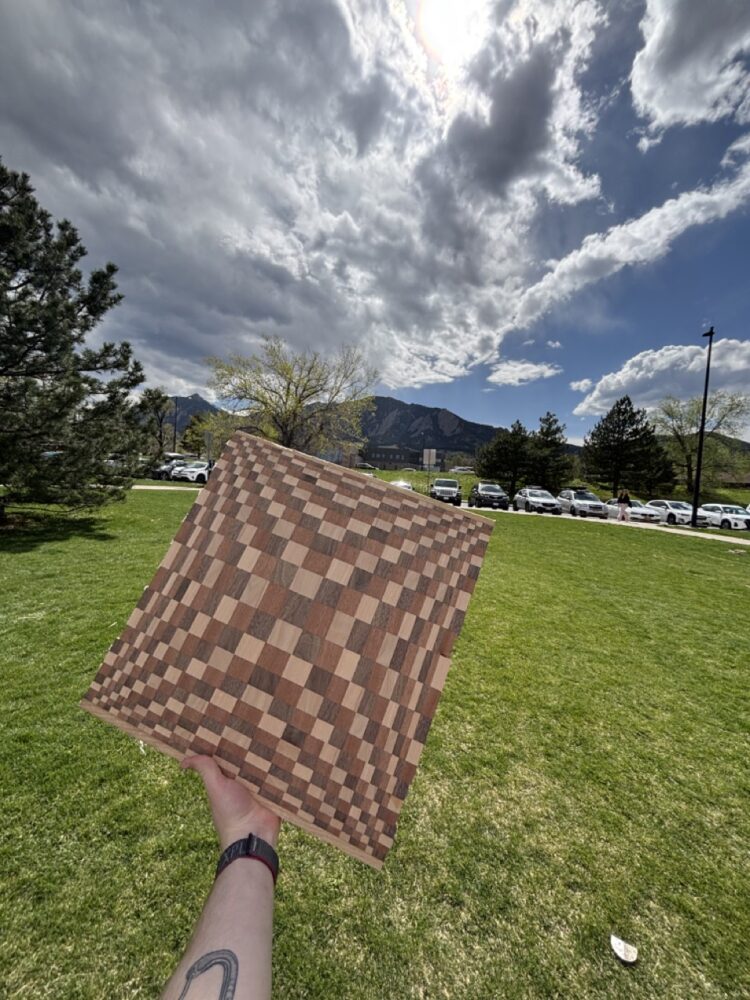
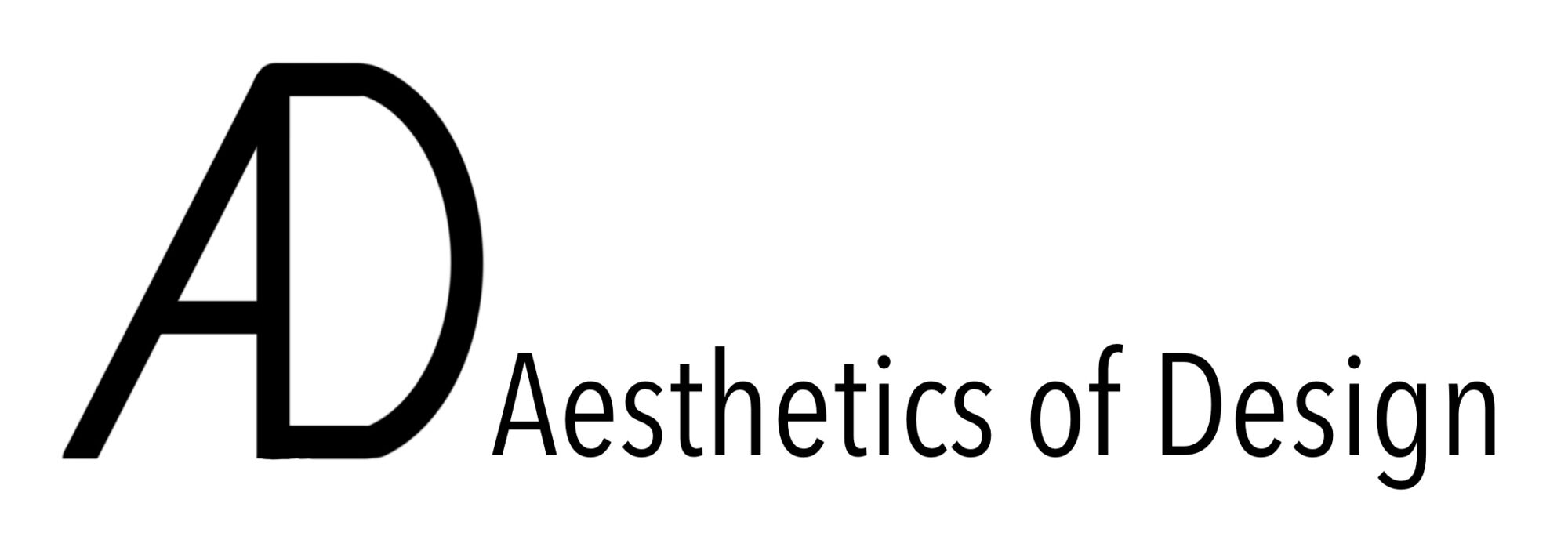
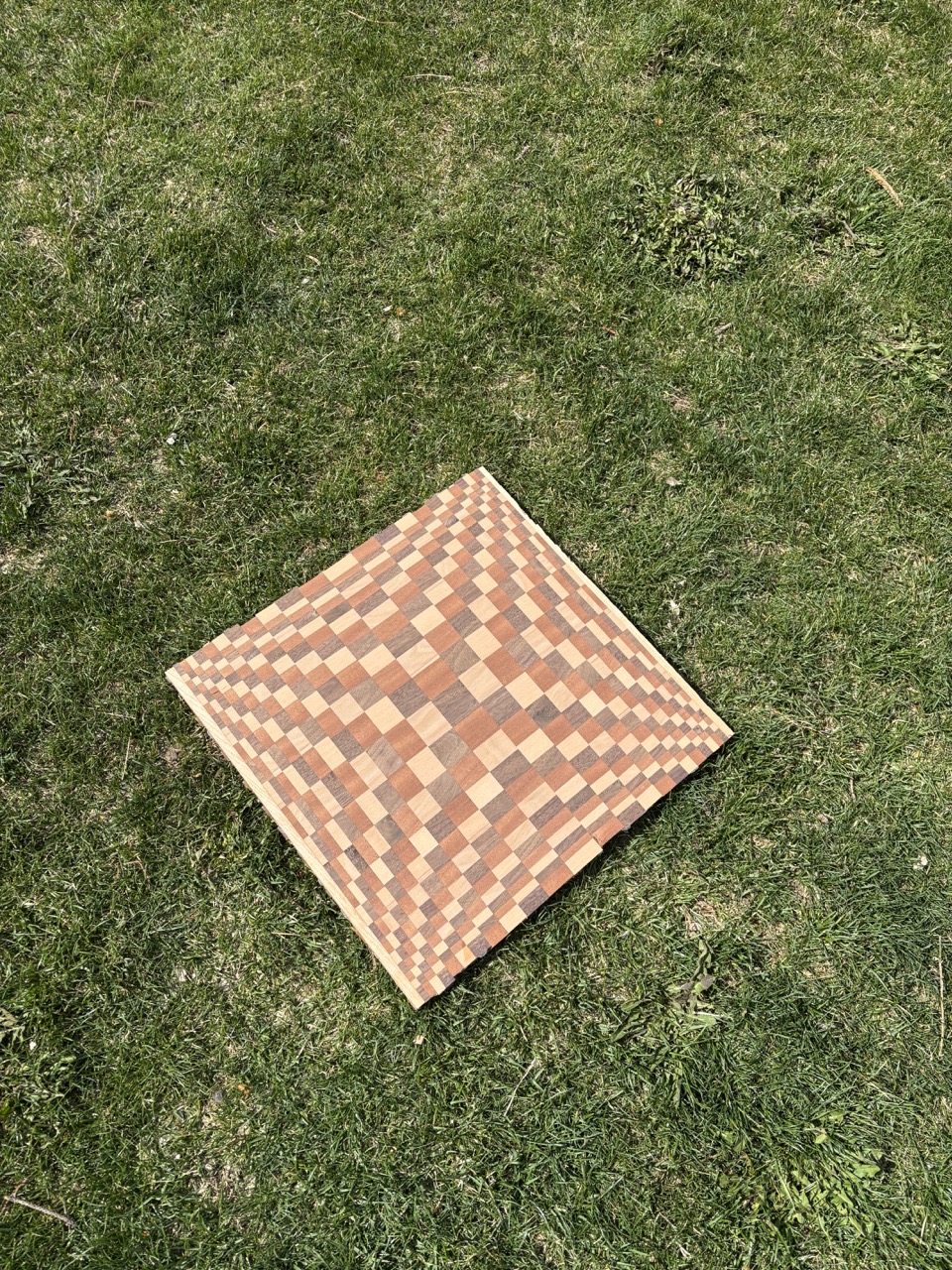
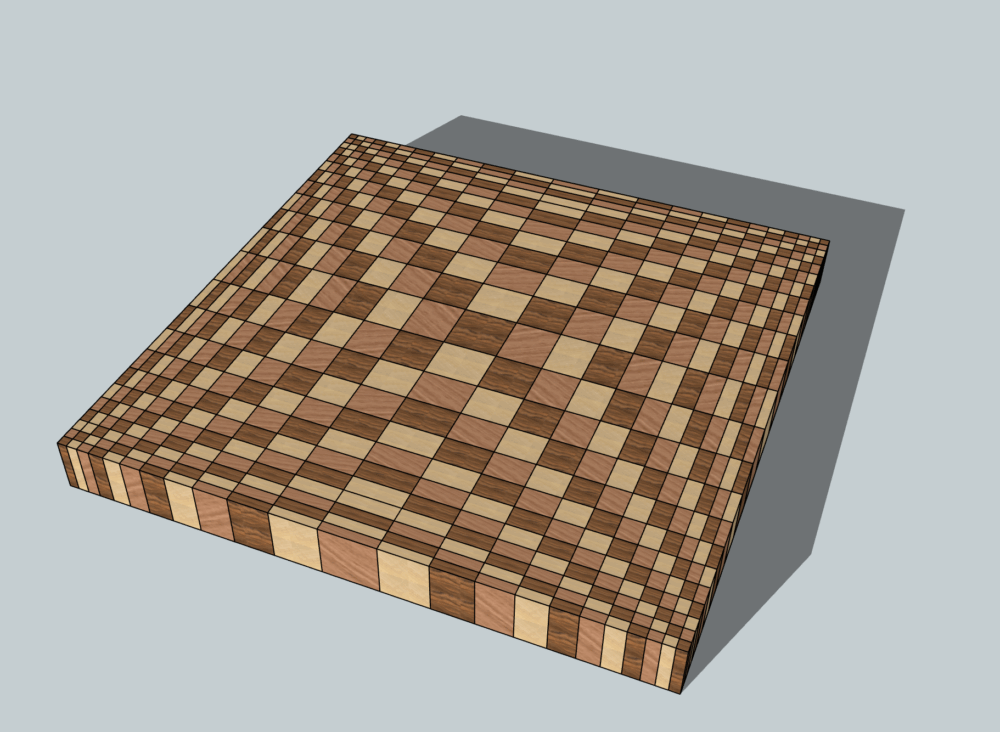
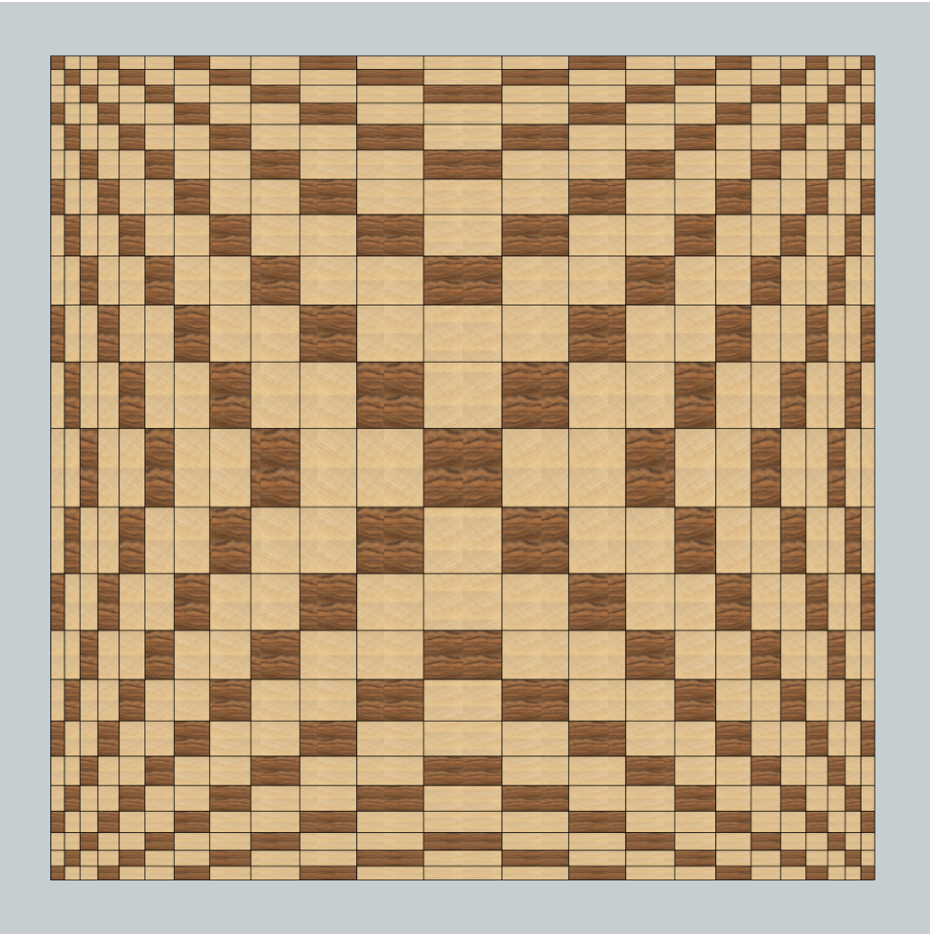
2 Comments. Leave new
Hi Joe! First off, this came out amazing! I’m interested to see what the fabrication process was behind this, since it looks time consuming (and maybe even a bit challenging to keep track of)… I really liked how your dynamic aspect of this project is the illusion itself! That’s really neat that you were creative enough to find this aesthetic and recognize how it’s NOT static, even if the product itself is one piece. Awesome job and glad to hear that you seemed to enjoy this project!
Hi Joe! This is such a unique and visually captivating concept. The idea of turning a cutting board into an optical illusion that blends art and function is so cool! I especially liked how you connected the aesthetic to Inception and brought that into something as everyday as a kitchen tool. The woodworking choices and your attention to contrast really elevate the illusion. Excited to see how the final sanding and finish bring it all together!